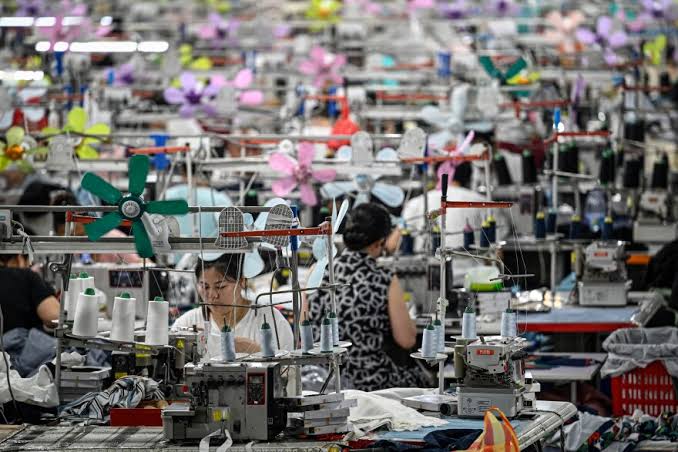Fast fashion is one of the most significant phenomena in today’s global retail industry, shaping the way consumers purchase clothing, how trends spread across societies, and how the fashion industry itself operates. At its core, fast fashion refers to the rapid production of inexpensive clothing that mimics the latest catwalk or celebrity trends, making them quickly available to mainstream consumers. Unlike traditional fashion cycles that would release new collections seasonally—spring, summer, fall, and winter—fast fashion brands produce new styles almost weekly, ensuring that there is always something fresh and enticing in stores or online. This constant turnover not only drives demand but also encourages consumers to buy more often, fostering a cycle of consumption that prioritizes speed and affordability over durability and sustainability.
The term “fast fashion” itself gained prominence in the late 20th century, but the underlying concept has roots in industrialization and mass production, where technological advances made clothing more accessible to the average person. What distinguishes fast fashion today is the extreme acceleration of production processes, global supply chains that minimize costs, and marketing strategies designed to make clothing feel disposable. Clothing has transformed from a considered purchase meant to last years to an impulsive buy intended to be worn a few times before being replaced by the next trendy piece.
One of the driving forces behind the popularity of fast fashion is affordability. Consumers, especially in Western countries but increasingly around the globe, have developed a taste for wearing fashionable, Instagram-worthy outfits without the financial burden of high-end designer clothing. Brands like Zara, H&M, Forever 21, Shein, and Fashion Nova capitalized on this demand by offering stylish garments at a fraction of luxury prices. Their business models thrive on speed—bringing runway looks to store shelves in a matter of weeks instead of months—allowing customers to stay on top of trends without overspending.
Fast fashion is also deeply connected to globalization. The outsourcing of labor to countries with lower production costs allows brands to keep prices low while maintaining rapid turnaround times. Advances in technology, such as data-driven trend analysis, supply chain management software, and digital marketing, have further enabled these companies to predict what consumers want and deliver it almost instantaneously. Social media platforms amplify the cycle, with influencers showcasing new outfits daily, pressuring followers to constantly refresh their wardrobes.
While the fast fashion model has democratized style and made fashion accessible to millions, it has also created complex social, environmental, and ethical challenges. The emphasis on speed and low costs often comes at the expense of workers’ rights, environmental sustainability, and long-term cultural appreciation of craftsmanship in clothing. Critics argue that fast fashion promotes a disposable culture, where clothes are valued less for their quality or personal significance and more for their ability to fulfill a fleeting desire for novelty.
Nevertheless, it’s important to recognize that fast fashion has played a pivotal role in shaping modern consumer culture. It has redefined the relationship between fashion and identity, allowing people of different socioeconomic backgrounds to express themselves through clothing. However, the question remains: at what cost? As awareness grows about the hidden consequences of this industry—from environmental degradation to labor exploitation—consumers, brands, and policymakers are beginning to reassess the role of fast fashion in society.
The introduction of fast fashion sets the stage for an exploration of its history, characteristics, business model, impacts, and alternatives. To fully understand the phenomenon, we must first appreciate its origins, how it rose to prominence, and why it continues to dominate the fashion landscape. Only then can we engage critically with its benefits, drawbacks, and the possibilities for more sustainable and ethical futures.



